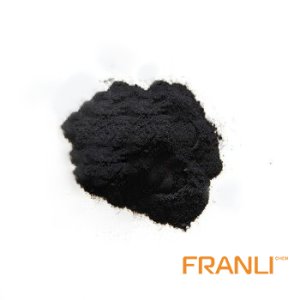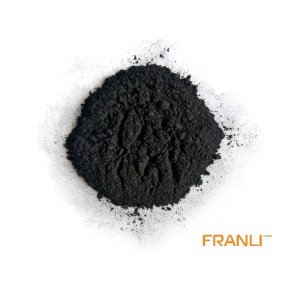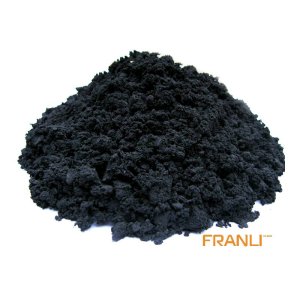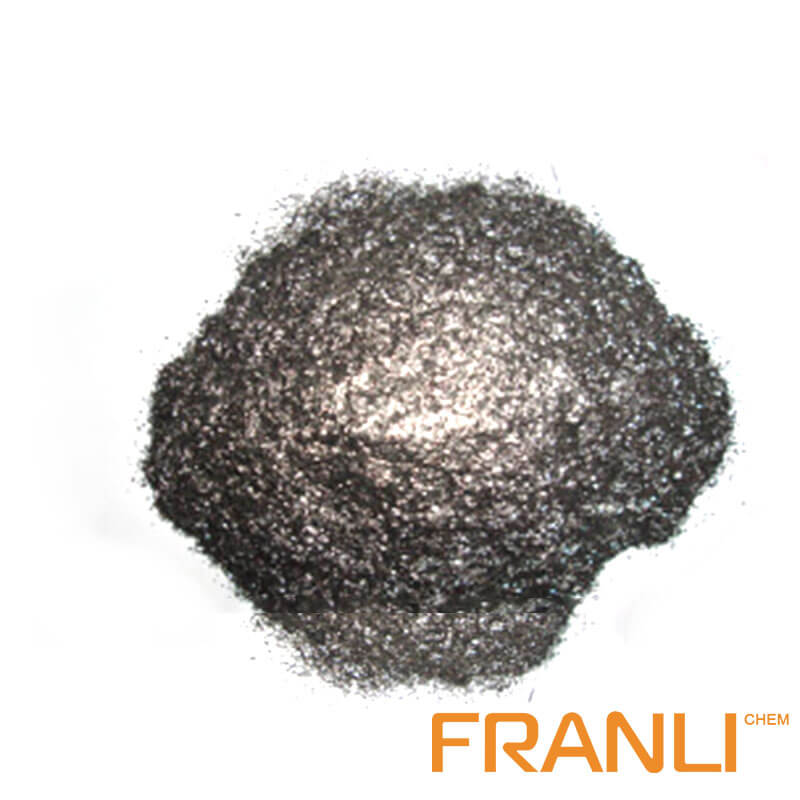
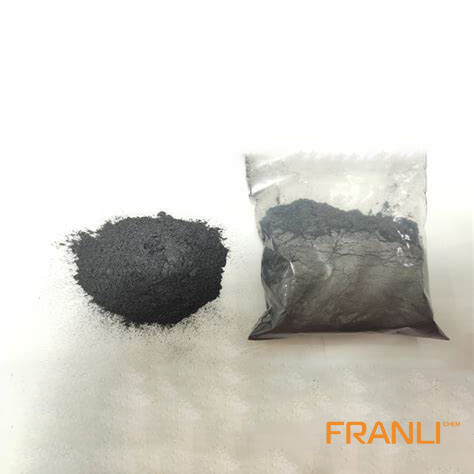
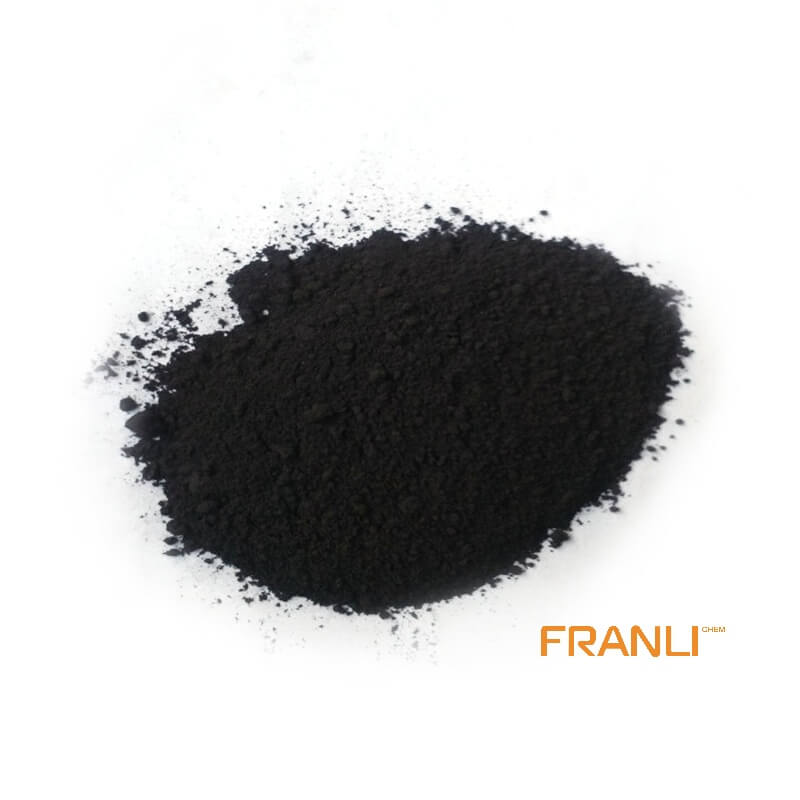
Flake Graphite
Size
0.01mm
Carbon Content
99%min
Package
25kg small bags into ton bags
Origin
China
Features
thermal shock resistance, lubricity, conductivity and plasticity…
Application
Lead battery plates positive and negative conductive agent, lithium batteries nickel hydrogen etc
Natural flake graphite has superior physical and chemical properties and is widely used in metallurgy, coatings and refractory industries. It is an important non-metallic raw material that is indispensable for today’s high-tech. Flake graphite is divided into large flake graphite and fine flake graphite according to the size of its scales. Usually, large flakes refer to +32 mesh, +50 mesh, +80 mesh, and +100 mesh flake graphite. Flake graphite below these meshes is called Fine flake graphit
Request a quote
Flake graphite is the main carbon raw material for carbon bonded refractories due to its strong thermal shock resistance and good corrosion resistance. It has an important influence on the corrosion resistance and high-temperature strength of carbon bonded refractories such as magnesia carbon brick. In the actual production process, carbon bonded refractories have strict requirements on the purity, ash content, particle size, shape, and an additional amount of flake graphite.

1. The purity of flake graphite
A large number of studies have shown that the purity of graphite is directly related to the high-temperature flexural strength and melting rate of magnesia carbon brick
The flexural strength of magnesia carbon brick increases with the increase of graphite purity. This is due to the different microstructure of magnesia carbon brick, the magnesia carbon brick made of low purity graphite is carbonized at 1000 ℃ and then has a coarse pore (diameter of 20 μ m) The ratio of the porosity is higher than that of the high purity graphite. This may be related to the high flexibility of high purity graphite and the easy compression of brick making. The other is that the structure of magnesia carbon brick made of graphite with low purity is weakened locally. After being treated with high enough temperature (such as 1600 ℃), the silicate minerals associated with graphite melt into the glass phase and react with magnesia or carbon, which will cause erosion, volume reduction, and contact area reduction of the original minerals, and the formation of pore zone around graphite, The results show that the high-temperature strength of magnesia carbon brick decreases with the decrease of graphite purity.
The melting loss rate of magnesia carbon brick decreases with the increase of graphite purity, especially for graphite with purity greater than 95%. The mechanism of the study shows that, at 1300 ℃, impurities (SiO2, Cao, Al2O3, Fe2O3) in magnesium and graphite gather at the junction of the two, forming low melting substance, which makes the magnesia particles easily eroded by slag and flow into slag, thus reducing the corrosion resistance. The practical application results show that the slag resistance of magnesia carbon brick made of graphite with more than 95% carbon content is 0.5-1 times higher than that of ordinary magnesia carbon brick.
The use of high carbon flake graphite with a carbon content greater than 95% – 96% is an effective technical measure to improve the quality of magnesia carbon brick and reduce the cost of brick making. If the performance of bricks made from the same grade graphite and magnesia raw materials is taken as the benchmark, the use of high-grade graphite is much greater than that of magnesia. Under the same process conditions, the brick made of high-grade graphite and low-grade magnesia material has better performance than that of high-grade magnesia and low-grade graphite. However, it must be noted that when using graphite with high purity, the liquid phase produced in the brick is less, oxygen can easily penetrate into the brick to make graphite oxidized and decarbonized. Therefore, antioxidants such as Al, Si, Al-Mg alloy, SiC, BN, and so on must be added.
2. Ash content of flake graphite
Obviously, the larger the ash content of graphite, the lower the purity of graphite. The ash content of graphite is mainly composed of sio2-al2o3-fe2o3-cao, etc. Generally speaking, the high Al2O3 content and the other impurities have a high fire resistance (about 1500-1600 ℃); If Al2O3 content is low and other impurities are more, the fire resistance is low (about 1250 ℃
It is very harmful to have high SiO2 content in ash. Firstly, the introduction of a large amount of SiO2 will change the cao/sio2 ratio of high-quality magnesia, and change the original high-temperature combination phase C2S or C3S (melting point of 2130 ℃ and 1900 ℃) to CMS and c3ms2 (melting point 1490 ℃ and 1575 ℃) with a low melting point, thus significantly reducing the high-temperature energy of bricks. Secondly, SiO2 can reduce the stability of magnesium sand and carbon coexisting and promote the volatilization of MgO. This is because SiO2 reacts with MgO during heating, forming a thin layer of forsterite (M2S) on the surface of magnesite; The temperature increases again, SiO2 in M2S is easy to react with C and volatilize (SiO2 + C → SiO + CO). The surface of magnesite after SiO2 volatilization is activated, which promotes the oxidation-reduction reaction of MgO-c. At the same time, M2S itself is easy to react with C at high temperatures. The result is that the heat loss of magnesia carbon brick is significant and the structure of the brick is loose.
The SiO2 content in flake graphite is high, and the erosion index of magnesia carbon brick increases significantly. In general, the SiO2 content in graphite should be limited to less than 3%. If SiO2 is 50% in ash, the purity of graphite should be more than 95%.

At the same time, with the increase of graphite, the ash content will increase, which will reduce the anti-corrosion performance of brick. In addition, if the graphite is added too much, it is difficult to form in production and the products are easy to oxidize when they are used. In the carbon bonded refractory, if the carbon content is less than 10%, the continuous carbon net cannot be formed in the products, and the advantages of carbon can not be effectively exerted; From the view of thermal shock stability, the amount of graphite added is less than 10% – 15%, and the thermal shock resistance of brick is obviously reduced.
In actual production, the amount of graphite should be determined according to the service conditions of carbon bonded refractories, such as the type of smelting equipment, oxygen partial pressure in molten steel and slag, slag characteristics, smelting temperature, and tapping temperature; The addition amount of graphite can also be determined according to whether the products emphasize corrosion resistance or thermal shock stability, or require high strength or oxidation resistance.

